handmade pottery
Handmade Pottery and More: Best Hiroshima Arts to Enjoy!
James Lau
Posted on December 25, 2023
Share:
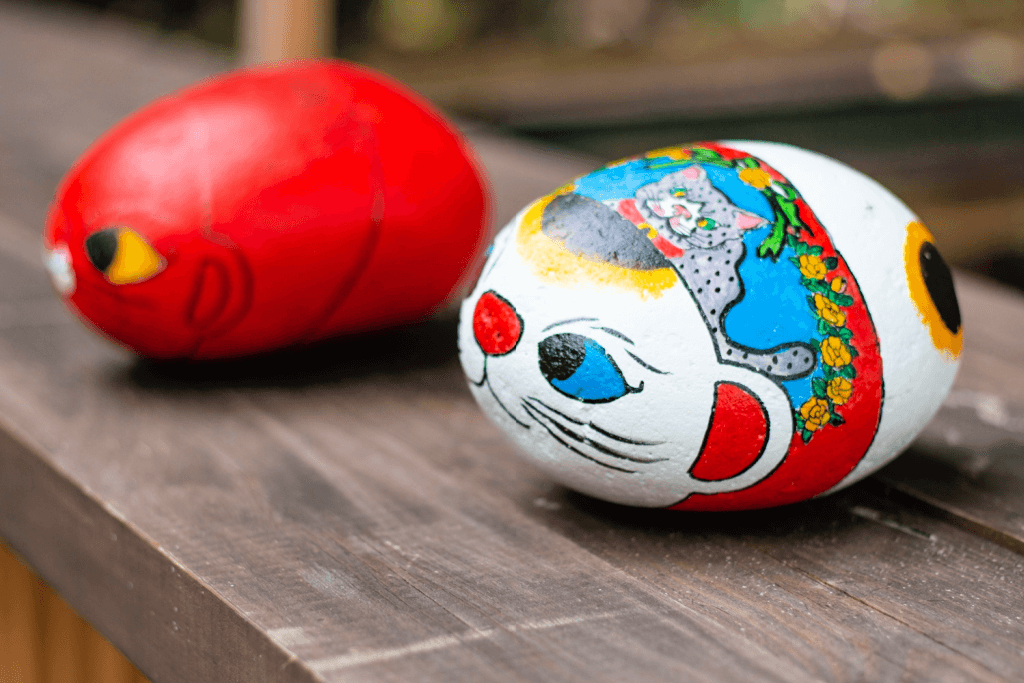
Hiroshima is a region famous for its deep cultural roots and artistic traditions. Many different types of artistry have been created in the region, practiced for hundreds of years, and passed down from generation to generation. Let’s look into the world of Hiroshima’s arts, where handmade pottery, Kagura dance, and traditional craftsmanship continue to be celebrated and enjoyed by all!
Kagura Dance: A Graceful Fusion of Movement and Tradition
Kagura is a sacred dance with solid connections to Japanese tradition. It involves performers wearing costumes and masks, with taiko drums, flutes, and other instruments in the background. Originating from the myth of Amanoiwato, Kagura has songs and dances dedicated to gods, making it the oldest performing art in Japan. The dance started in Kamakura, where people prayed for a good harvest and disaster protection.
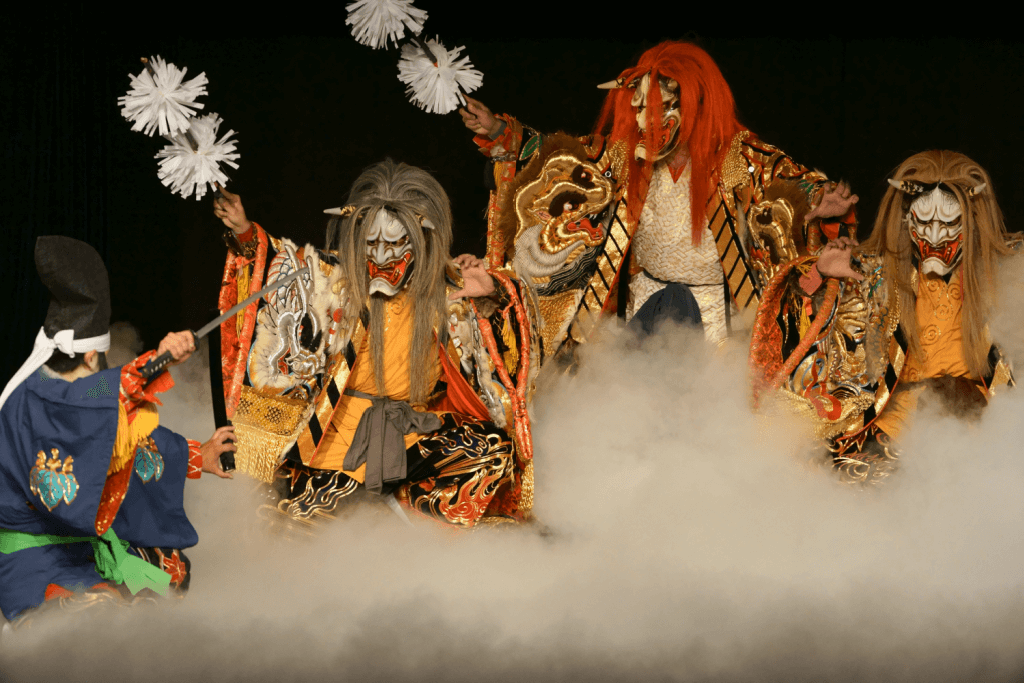
Hiroshima’s Kagura has evolved into a unique version, merging various regional dances. The primary influence comes from Omoto Kagura from the Iwami Region, with elements from Izumo Kagura and Iwato Kagura from Kyushu. Hiroshima currently practices five major Kagura styles: Geihoku, Aki Junijin, Geiyo Shoto, Hiba Kojin, and Bingo. Each style tells the audience about the region’s history, with different tempos and music.
Kagura has found a place in modern entertainment and is performed at events, celebrations, and more! Unlike the more serious Noh and Kabuki, Hiroshima Kagura is a lively experience. With quick tempos, catchy rhythms, and lavish costumes, Kagura narrates tales of heroes battling sorceresses, earth spiders, and mythical creatures. Visitors to Hiroshima can enjoy Kagura performances at local shrines and participate in the fun as locals cheer on their heroes.
Miyajima Osuna Pottery: A Closer Look at Artisanal Excellence
Miyajima Osuna Pottery is a unique ceramic art because it blends sand from Itsukushima Shrine with clay. This tradition continued in the mid-Edo period in Hatsukaichi, Hiroshima, overlooking beautiful Miyajima. Its roots trace back to the Osunagaeshi custom during the Edo period, where travelers would take sand from the shrine for protection and return it with sand from their destination.
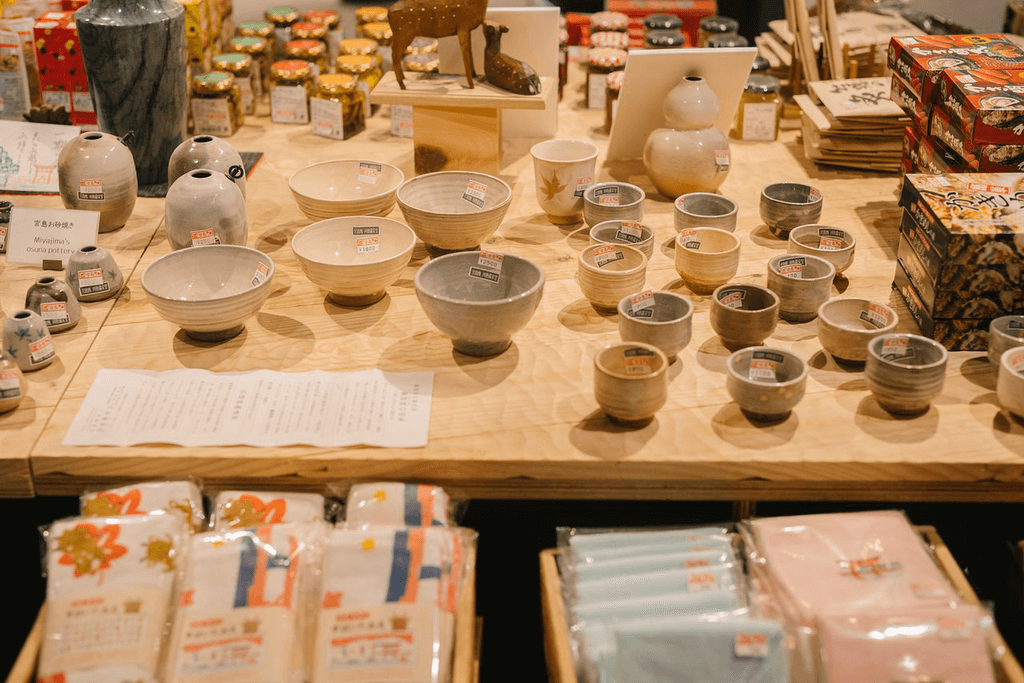
The first Miyajima Osuna Pottery emerged when a traveler incorporated this sand into a ceramic vessel offered to Itsukushima Shrine, starting this pottery tradition. Production of unglazed pottery containing sacred sand from Itsukushima Shrine began in Miyajima during the Bunka era of the Edo period. These items served both ritual purposes and became sought-after souvenirs. Despite changes in popularity, Osuna Pottery endured through the Meiji, Taisho, and Showa periods.
Additionally, Miyajima Osuna Pottery maintains tradition through careful production processes. Artisans use Sacred Itsukushima Shrine sand during kneading, adding grains according to the clay and size. They then shape the clay using a potter’s wheel or mold and add decorations afterward. Finally, they fire the pottery and then glaze it before putting it in a kiln for a final firing. Today, Miyajima Osuna Pottery is suitable for ritual vessels, tea ceremony utensils, or vases, connecting the tradition to modern creations.
Are you interested in some snacks from Hiroshima? Check out Sakuraco! Sakuraco delivers traditional Japanese snacks, teas, sweets, and snacks from Japan to your door every month so that you can enjoy Japan’s taste anywhere!
Fukuyama Koto Craftsmanship: Resonating Tunes of Tradition
Fukuyama Koto is a traditional Japanese harp from Hiroshima that came out of Fukuyama Castle. During the Edo period, the castle town saw the popularity of songs boom. In the late Edo and Meiji eras, Fukuyama produced notable koto players, leading to a demand for the musical instrument. Crafted with seasoned, high-quality wood, Fukuyama Koto is famous for its clear sound, fine craftsmanship, beautiful wood grain, and splendid decorations.
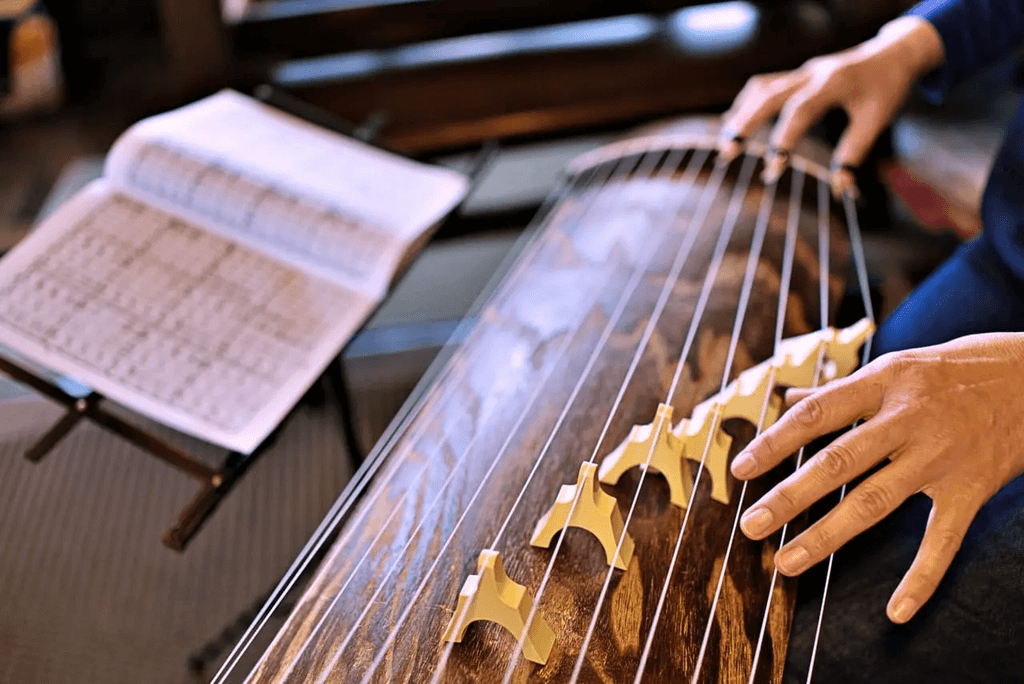
Not to mention, Fukuyama Koto is the only musical instrument that people recognize as a traditional craft in Japan. Skilled craftsmen also use paulownia wood to craft each instrument carefully. Production involves many steps, from wood preparation and drying to carving and scorching. Decorative techniques like inlay, gold lacquer, and unique woodworking are also present. All in all, this adds to the instrument’s visual appeal and enhances the beauty of the koto.
Eventually, the region established itself as Japan’s leading koto production center, with large-scale production starting in the early Meiji period. However, by 1970, production declined, and today, around three thousand koto are made annually. Despite challenges and a decrease in players, Fukuyama Koto remains a cherished cultural legacy as both a musical treasure and a work of art.
What makes Hiroshima arts, like handmade pottery, special?
Hiroshima’s arts are undoubtedly a unique blend of history and creativity. Kagura dance’s expressive costumes and lively performances narrate captivating ancient tales. Miyajima Osuna Pottery also adds sacred sand from the Itsukushima Shrine into ceramics, using traditional practices in modern creations. Fukuyama Koto represents a musical legacy, combining wood with decorations. These arts represent the spirit of Hiroshima, combining tradition with modern expressions.
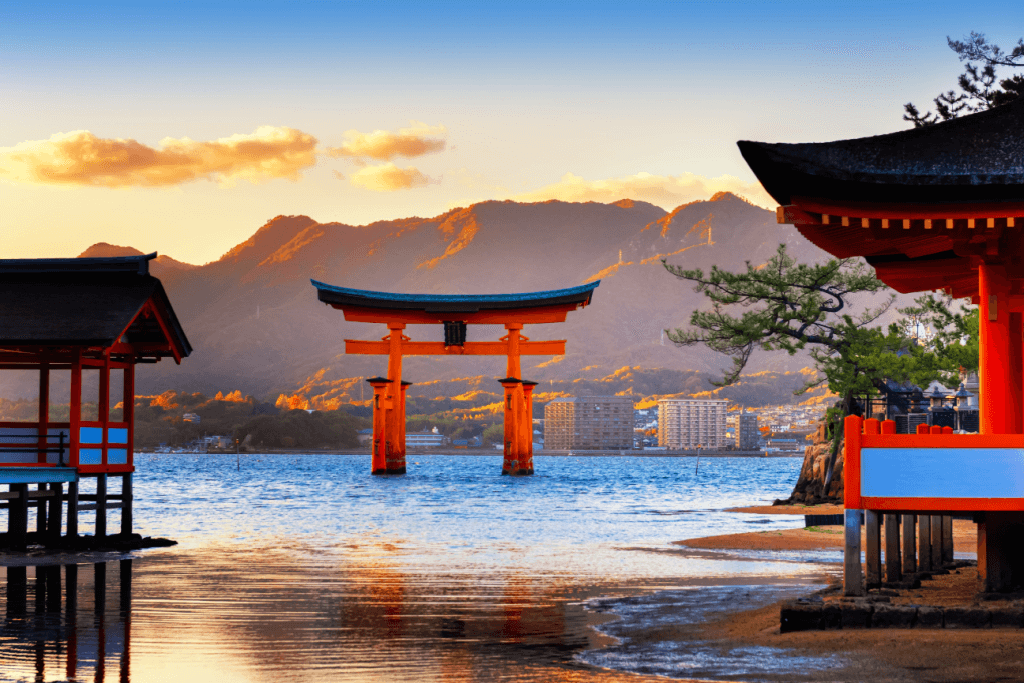
From handmade pottery, Kagura dance, and traditional craftsmanship in Hiroshima, it is clear that each art form is a part of Hiroshima’s tradition. Every artisan, dancer, and craftsman is a part of Hiroshima’s culture, ensuring the stories are passed down to the next generation.
The arts in Hiroshima celebrate the past, allowing us to enjoy the beauty of tradition in our modern time! What are your thoughts on Hiroshima’s artistic heritage? Have you experienced the magic of handmade pottery, Kagura dance, or traditional craftsmanship? Let us know in the comments below!

Discover authentic flavors with Sakuraco
Get Sakuraco 

Discover authentic flavors with Sakuraco
Get Sakuraco 
Related Articles
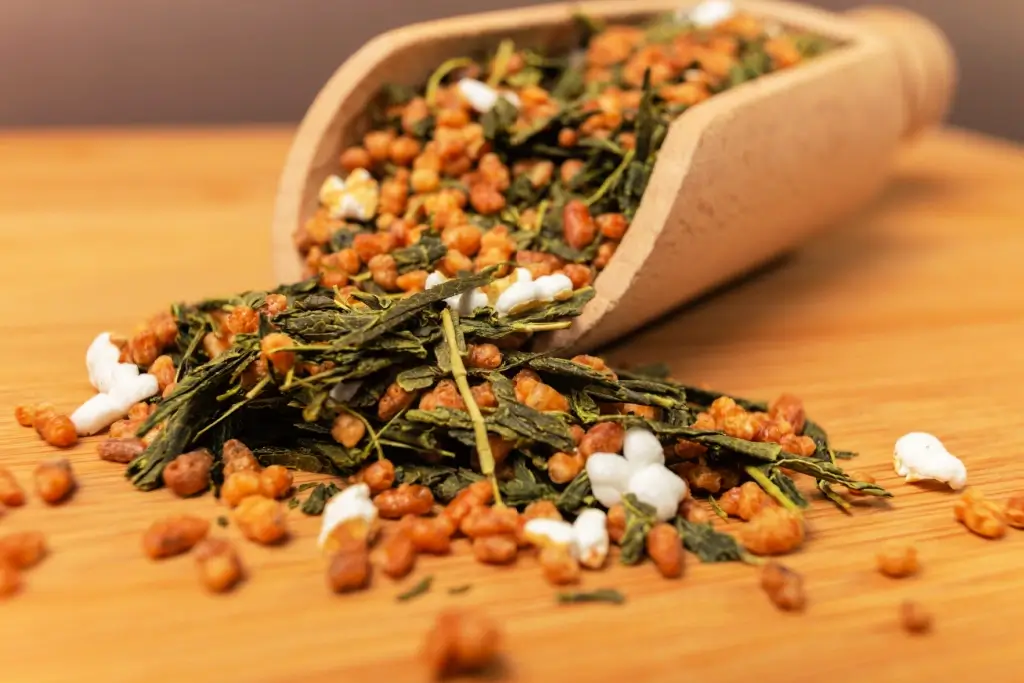
Genmaicha: Amazing Brown Rice Tea from Japan!
One of the most unique and popular teas in Japan is genmaicha. Let’s dive in and discover the exciting characteristics of this drink and how to enjoy it easily at home!
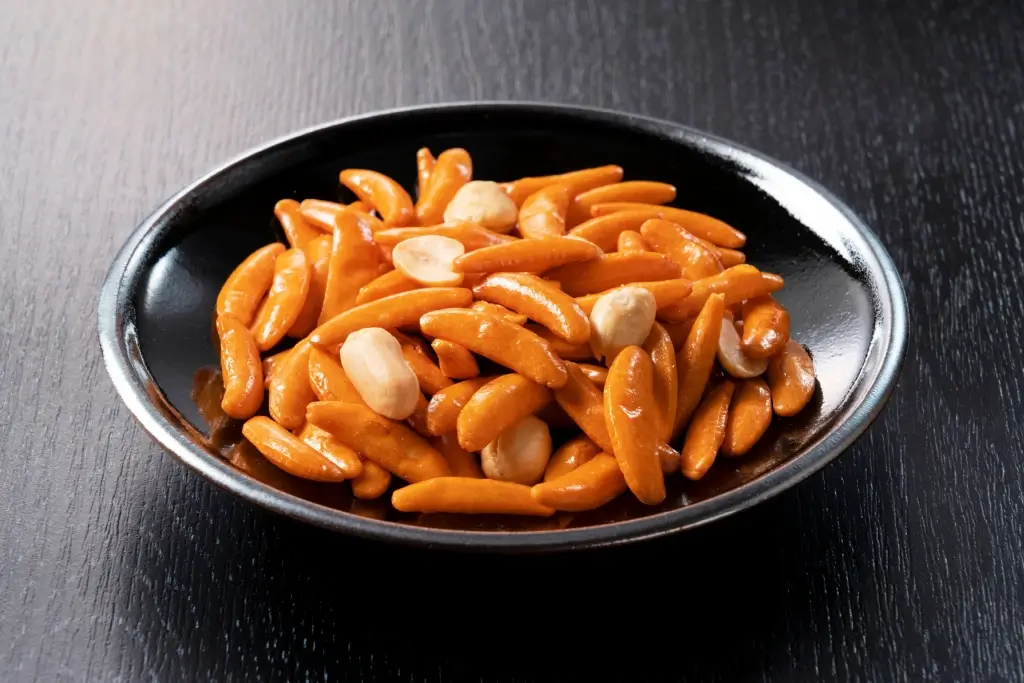
Kaki no Tane and More Types of Senbei
Senbei is a traditional rice cracker snack that has been loved by the people of Japan for generations. So, let’s look at some of the most popular types of senbei, starting with kaki no tane!
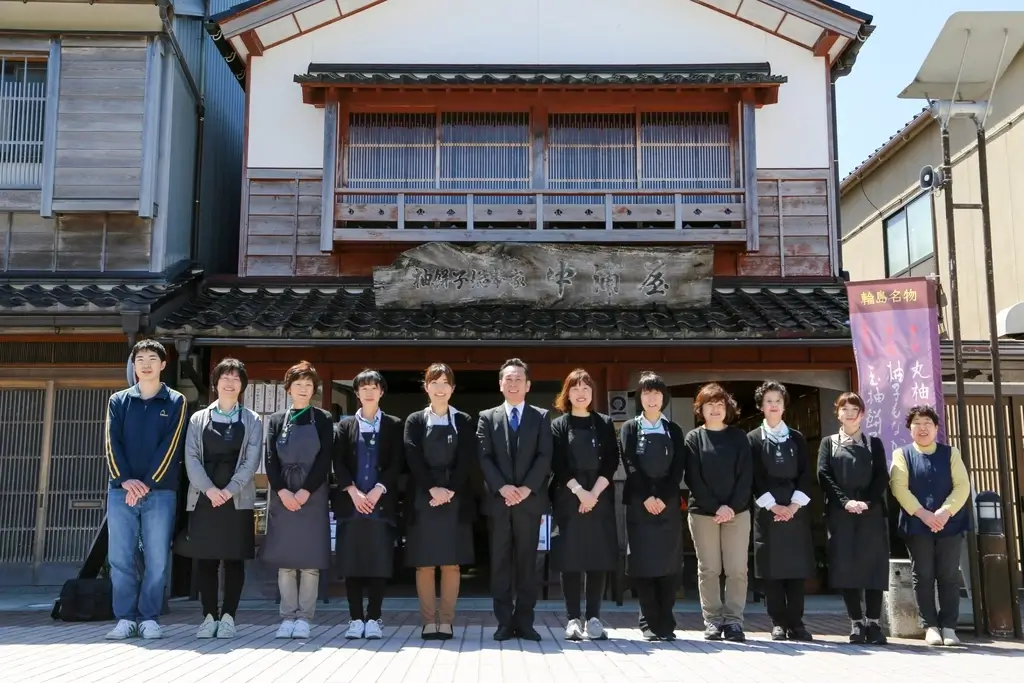
Yuzu Senbei from Nakauraya: An Amazing Snack from Ishikawa!
Imagine biting into a crisp rice cracker that suddenly bursts with the bright, citrusy flavor of Japan’s beloved yuzu fruit. That’s the magic of Nakauraya’s yuzu senbei, a mouthwatering treat that captures the essence of Ishikawa Prefecture in every bite.
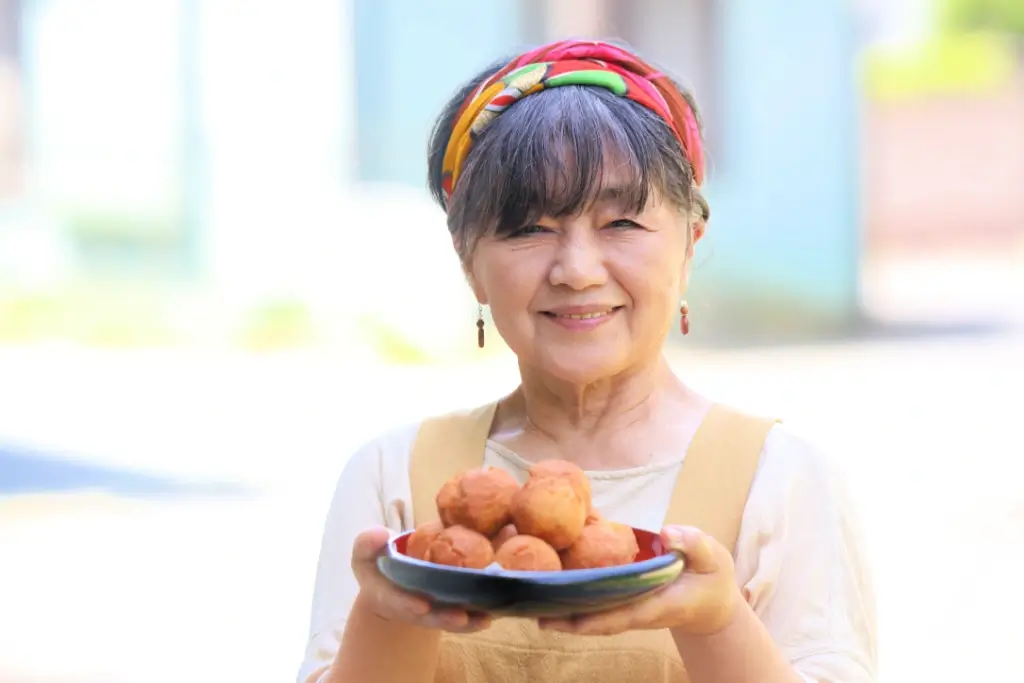
Sata Andagi and More Great Ryukyu Cuisine
Sata andagi, often called Okinawan doughnuts, are a beloved traditional snack. Let’s look at more great food from the area!



